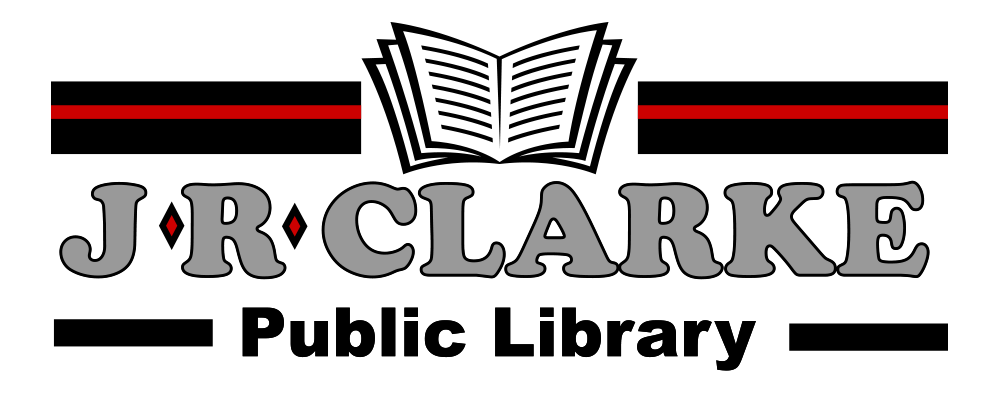
Covington is a village in Miami County, Ohio and was incorporated in 1835 on the site of the 1793 Fort Rowdy. Laid out in 1816, Covington was previously known under the names of Friendship, Newberry, and Stillwater. A post office called Stillwater was established in 1825 and changed to the name of Covington in 1836.
In 1953, Ralph and James Boggs compiled and published a complete history of the Village of Covington, which their family has generously agreed to share with the community on this website. Below is the introduction of their research.
The angry tantrum of Nature that raised the area now representing Ohio, from its lowly position as a hole in the bottom of the sea to its present altitude thrust upward countless peaks of vertical rock strata that constituted a gigantic Appalachian fence from present Maine to Georgia through which any successful westward migration to inland North America must find the gate.
The pre-glacial rivers that drained the west slope of this mountain wall flowed north to some such outlet as Hudson Bay or the Arctic Ocean and, if man had explored North America from Europe at that time these north flowing streams would have led settlement toward present Canada and the Arctic Regions, rather than to inland United States. Ages before recorded history a very large river flowed in a northwest direction across what is now Shelby County. The headwaters of that river were on the western slopes of the mountains in West Virginia and Eastern Kentucky. Much of the rain that fell upon the area of present day Ohio finally found it’s way into the pre-glacial river, called Taeys.
Then came a time that the climate changed over much of the earth changed greatly for a long period or periods of time and the perpetual snow belt extended into lower latitudes so that great accumulations of snow formed into glaciers and covered the greater portion of the State of Ohio. As the glacier pilled up to a greater thickness, those ancient water courses were covered up as far as the glacier extended, and beyond the edge great lakes were formed, and when they became filled they broke over into other drainage systems. That was the period of time when the Ohio River was created.
The great ice sheet, as it advanced from the Northwest had a tendency to grind off the high places and to fill up the valleys; and when it finally disappeared, it left a mass of soil, gravel and boulders called glacial drift, that is less hilly than the southeastern part of Ohio which had not been affected as much by the glacier. It also left a surface drainage system here that flows generally south instead of the former one that flowed in a general northwest direction. Thus we find there were rivers and a river system cut far deeper in the rock of a former age than we now have in this region.



